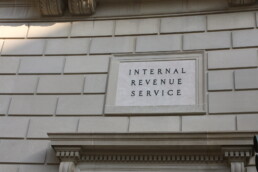Federal protections of abortion rights have always been limited, but community care and support are the future of reproductive freedom.
By Steph Black, The Progressive Magazine
The 1973 Roe v. Wade decision was a bare-minimum protection of abortion rights. The case argued that the choice to terminate a pregnancy was a matter of privacy, a decision between a pregnant person and their doctor. While the decision made it impossible for the government to directly interfere with the procedure itself, Roe and the 1993 Casey v. Planned Parenthood left room for states to legislate abortion away by creating arbitrary barriers.

This means that gestational limits on abortion, mandatory waiting periods, medically inaccurate “counseling,” and a prohibition on using federal dollars to fund abortion have created a reality for many that makes abortion impossible to access.
In fact, many people have been living in a post-Roe reality for a long time.
“Roe is the floor and not the ceiling” is a common rallying cry around efforts to pass the Women’s Health Protection Act, which would codify Roe in federal law. But even as a floor, it’s a poor one at best. The very act of putting a boundary on abortion opened the door for that right to be chipped away, piece by piece, even if there wasn’t much there to begin with.
Recent Posts
‘Unconstitutional. Unethical. Authoritarian.’ ICE Bars Millions Of Immigrants From Bond Hearings
July 18, 2025
Take Action Now One watchdog said the new policy “seems like a blatant attempt to stop them from exercising their right to due process.”……
Americans Are Not Nearly Alarmed Enough About Climate Change
July 18, 2025
Take Action Now Americans still don’t comprehend how imminent, dangerous, and far-reaching the threat is—and journalists are partly to blame.By…
The IRS Is Building A Vast System To Share Millions Of Taxpayers’ Data With ICE
July 17, 2025
Take Action Now ProPublica has obtained the blueprint for the Trump administration’s unprecedented plan to turn over IRS records to Homeland Security…
Israel’s Sudden Assault On Syria Is Unchecked Aggression
July 17, 2025
Take Action Now Jerusalem is bombing Damascus and threatening al-Sharaa’s rule, while Washington was hoping to help the nascent government on…




